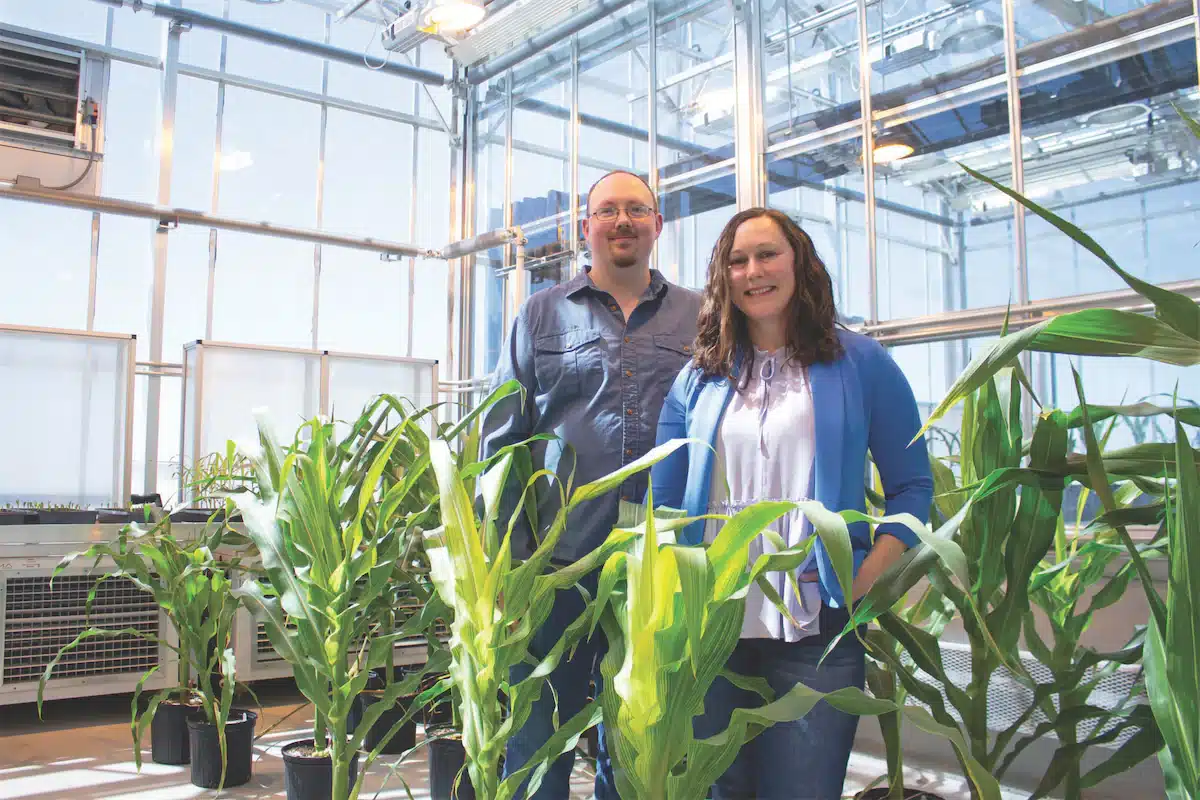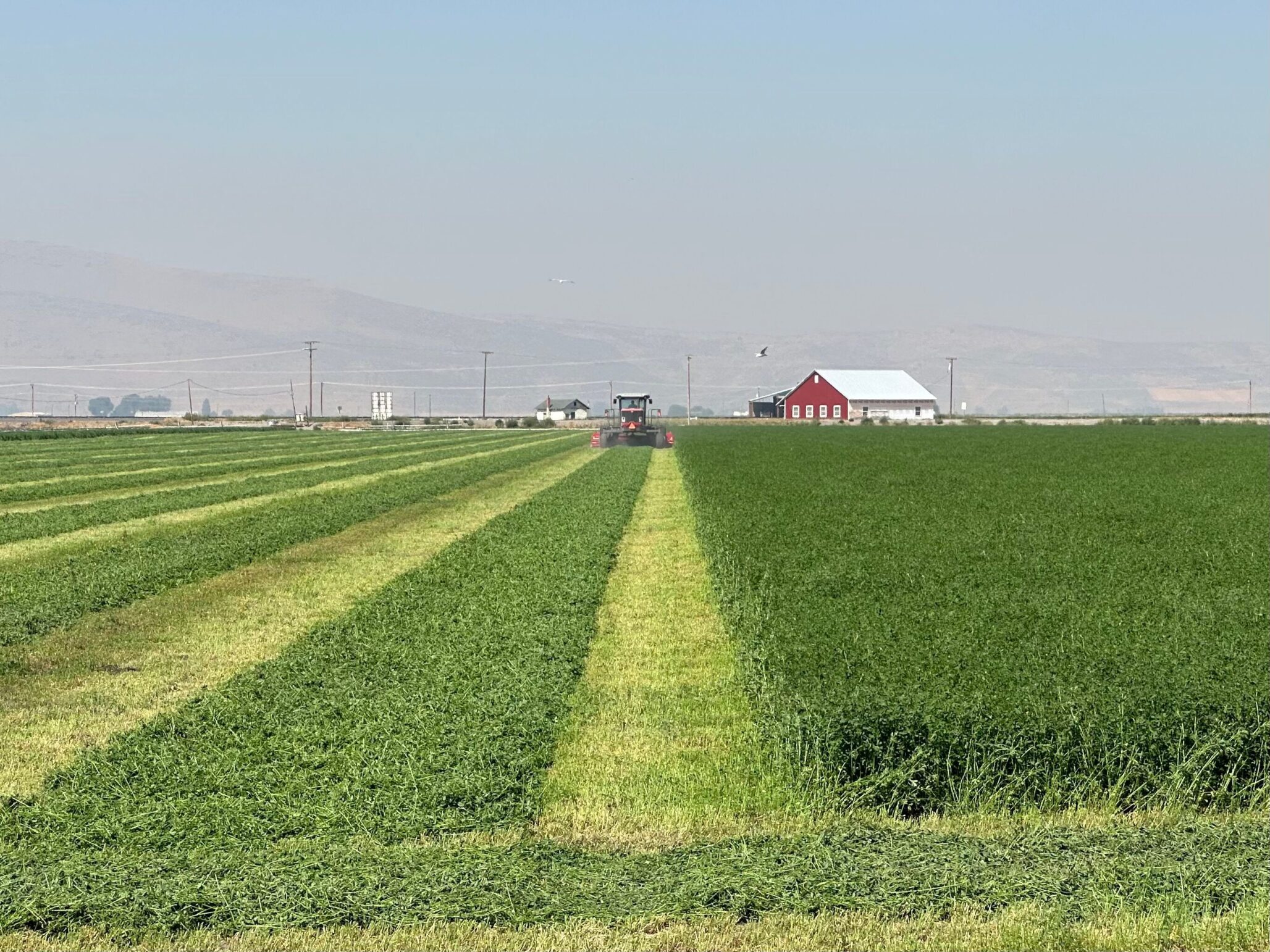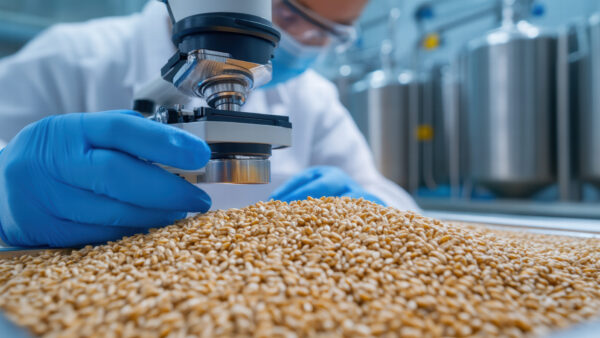Researchers identify genetic traits that control Auxin and develop shorten corn plants.
In the rapidly evolving field of seed science, breakthroughs that can change the future of farming are always around the corner. Dior Kelley, assistant professor at Iowa State University Department of Genetics, Development and Cell Biology, recently made a discovery that could fundamentally alter how corn is grown. Kelley and her team identified a genetic pathway that they can manipulate to selectively control the height of corn through the plant hormone auxin. Interestingly, the journey that led Kelley to this breakthrough started with a different goal in mind — controlling root growth.
“My research team focuses on identifying genetic drivers of root growth and development,” Kelley explained. “They do a lot of heavy lifting and so we really wanted to figure out how root systems are controlled.”
Focus on Auxin and Root Growth
While there are several growth hormones and genetic drivers that can impact a plant’s growth, Kelley’s team focused on auxin, a well-known growth hormone in plants. Auxin is responsible for a wide range of developmental processes, including cell elongation, root growth and fruit development.
The research started by conducting genetic screens to identify specific auxin pathway genes. Specifically, the pathways that impact root growth. They identified a gene sequence that encodes for an auxin transporter which would move the hormone across the cells.
“It turns out that when we dial down the expression of this transporter in corn, it leads to many changes in organ size, not just the roots, but also in the shoots,” she said.
The researchers conducted field trials where they could easily spot plants with the desired genetic traits, as these plants were visibly shorter than their counterparts — approximately 25% shorter, translating to a height reduction of one to two feet.
This unexpected finding shifted the team’s focus, opening new doors to controlling the overall architecture of corn plants, especially in reducing their height.
Benefits of Shorter Corn Plants
“From the stature side of things, people have been interested in modifying size for a couple different reasons,” she says. “One reason would be that smaller plants require fewer nutrients and inputs, especially if you can get the same yield.”
Other reasons for growing shorter corn would be the potential to increase planting populations and density.
Shorter corn also makes it easier for late season chemical applications or even intercropping. The shorter corn would be less of an obstacle to planters inter-seeding another crop at some point in the growing season.
Additional, shorter corn has the potential to be more resilient against the elements, mainly wind. Especially in Iowa and other areas of the Midwest, strong winds have wreaked havoc on corn fields, knocking down large swaths of acres. Downed corn is much harder to combine and significantly impacts yield.
The shorter, more stout corn plants have a better chance of standing up to the force of the wind, bringing much need peace of mind to farmers.
Mapping the Genetic Pathway
The idea of controlling auxin levels to influence plant height is not entirely new. However, Kelley’s research has gone deeper, isolating a specific trait that affects how auxin is distributed throughout the plant.
The paper Kelley’s team published in early 2024 sheds light on the detailed genetic process involved. By mapping the corn genome and studying how different genes interact with auxin pathways, the researchers were able to pinpoint a specific mutation that controls plant height.
They could not just reduce auxin across the board in the plant as that would have stunted growth altogether. Again, the goal was to just reduce root size and maintain yield production. Auxin is still needed for other aspects of plant growth. The team had to walk a fine line between controlling auxin without compromising plant health and yield.
Precision in Ag and Sustainable Practices
Kelley’s original focus on root size was intended to increase the efficiency of the plant. With farmers widely adopting precision agriculture technologies, farmers can place fertilizers specifically where they want them.
Strip-till farming, a conservation tillage practice that combines the benefits of no-till and conventional tillage, is a perfect example of this. It involves tilling narrow strips where seeds will be planted, leaving the soil in between the rows undisturbed. This approach creates a seedbed that is warm and well-aerated for planting, while the rest of the soil retains its natural structure and organic matter.
The strips, which are typically 6-12 inches wide, are tilled during the fall or spring, and fertilizers can be precisely applied within these strips. The untouched areas between the rows provide a protective cover, reducing soil erosion, preserving moisture and promoting the activity of beneficial soil organisms.
By focusing only on the planting rows, strip-tillage conserves energy, reduces input costs and minimizes soil disturbance while offering many of the crop establishment benefits of conventional tillage. It is particularly useful for crops like corn, where precise seed and nutrient placement can improve plant growth and yield. Even planter-applied starters and in-season “y-drop” nitrogen applicators all put the fertilizer close to the root zone, reducing the plant’s need to have roots that spread out wide and go down deep.
“Short root systems are pretty cheap meaning that they are quick and easy for the plant to generate,” Kelley explains. “They are not energetically as costly as deep systems.”
This is true of the whole corn plant, not just the roots. It takes nutrients and energy to build a corn stalk. By reducing the stalk height, the plant is trying to grow, the plant can then redirect that energy sooner to producing seed.
This breeding program hasn’t reduced the plant height to create “mini” corn plants. Instead, a modest reduction of one to two feet has already demonstrated significant impacts.
In fact, Kelley says the shorter plants often have denser, more robust stalks, making them less susceptible to environmental stressors like wind or heavy rain.
This discovery could also lead to more efficient planting and harvesting practices. Shorter corn means that farmers can plant more densely, maximizing their land use without sacrificing yield. It also simplifies mechanical harvesting, as the reduced stalk makes it easier for combines to efficiently gather the crop.
Although the height of corn plants has stolen much of the spotlight, Kelley remains passionate about the work her team accomplished in controlling root growth. The shorter-rooted varieties they developed help corn plants remain closer to the surface, where fertilizers and moisture are most available. This prevents energy waste by keeping roots from spreading too far in search of nutrients, and it ensures that applied fertilizers are absorbed efficiently.
Future Steps to Breeding Shorter Corn
This work has significant implications for sustainable agriculture. As farmers face increasing pressures to reduce fertilizer use due to environmental regulations and cost concerns, the ability to grow corn that utilizes nutrients more efficiently is a game-changer. Shorter corn may require less water and nutrients, another boon for farmers facing the rising costs of inputs.
However, as with any scientific advancement, there is still more work to be done.
The research Kelley has done has been in corn varieties this reduced auxin transport allele has been successfully bred into are not varieties that are known for high yield. They have the W22 and B73 genetic backgrounds.
Kelley’s team is now focusing on fine-tuning the breeding process and bringing their alleles into other genetic lines that do make good hybrids. From those lines, they can start collecting and publishing more accurate yield data and comparisons to better understand how yield might be impacted.
As of now, Kelley says the trials have not shown any reduction in yield or in ear placement.












